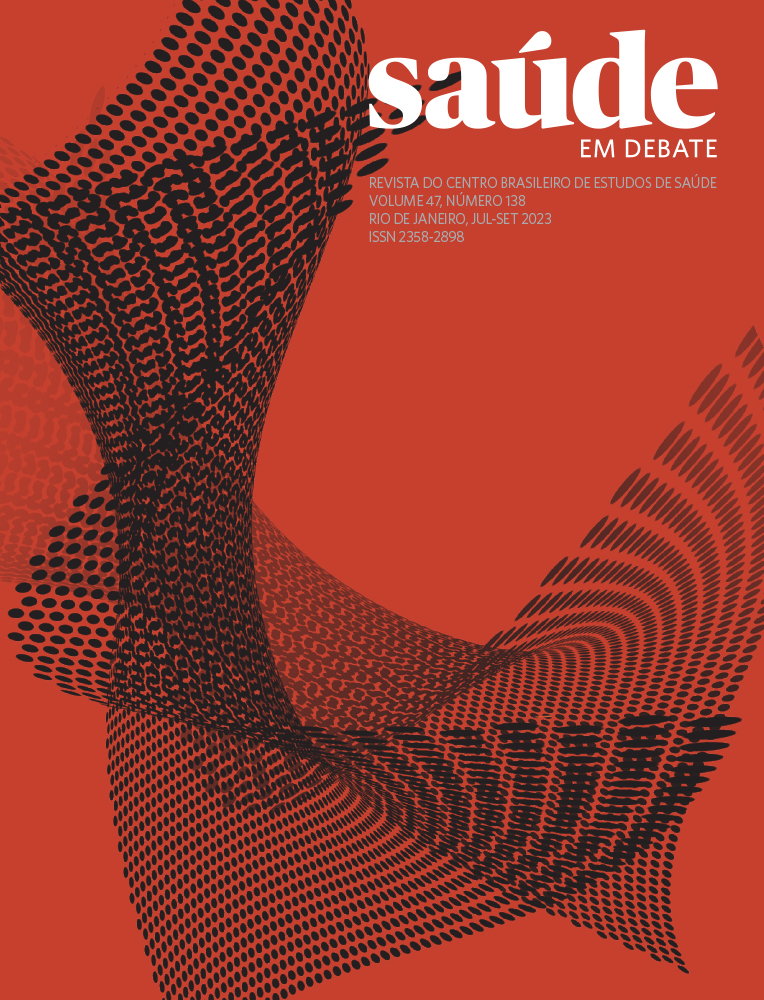Prevalence of contact and non-contact sexual violence against Brazilian men and factors associated with forced sex
Keywords:
Sex offenses. Child abuse, sexual. Men’s health. Health policy. Cross-sectional studies.Abstract
We aimed to estimate the prevalence of sexual violence against Brazilian men and associated factors. A cross-sectional study was conducted, which estimated the prevalence of various forms of sexual violence among Brazilian men by means of a virtual questionnaire. A total of 1241 men from all Brazilian states participated in the study. Most participants were young men between 18 and 39 years (61.7%), heterosexual (50.2%), from the Southeast (54.4%), from socioeconomic classes C/D/E (72.1%), and white (64.3%). Regarding the prevalences of sexual violence, 70.5% reported non-contact sexual violence, 43.1% sexual violence with contact, 23.9% sexual violence with penetration, and 33.1% forced sex. Being bisexual homosexual, and being divorced/separated increased the odds of experiencing forced sex. This study indicates that bisexual and homosexual men are more likely to suffer sexual violence, corroborating other research. Among divorced/separated men the chances of experiencing sexual violence were also significant and need to be further explored. The study offers the possibility of problematization for the care of male victims of sexual violence, focusing mainly on the prevention of adverse effects after violence and the implementation of public policies in health that are more directed to the target audience, considering the main associated factors.
Downloads
Published
How to Cite
Issue
Section
License
Copyright (c) 2023 Saúde em Debate

This work is licensed under a Creative Commons Attribution 4.0 International License.




















